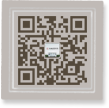- 中文
- EN
- Français
- 日本語
- 한국어
- 繁體中文
Symposium on Calligraphic Art of He Shaoji
From January 8th to 10th, 2016, Symposium on Calligraphic Art of He Shaoji, organized by Hunan Provincial Museum, was held in Hunan Hotel, Changsha city. There were 30 experts and scholars from China’s mainland, Hong Kong and other regions of the world. Some of them were museum experts from various museums, including Art Museum of the Chinese University of Hong Kong, Shanghai Museum, Liaoning Provincial Museum, Tianjin Museum, while some were professors or doctoral supervisors from Nanjing University of the Arts, Guangzhou Academy of Fine Arts, Jinan University, Yuelu Academy, Hunan Normal University and other universities. Others were experts from the publishing industry and libraries, including Cultural Relics Press, Journal of The Collector, Shanghai’s Oriental Morning Post, Hunan Library. With the New Year’s exhibition Reinterpreting the Master: The World of He Shaoji’s Calligraphy being on show, the objective of this symposium was to share the research findings of He Shaoji and promote the calligraphic art of He Shaoji (a famous calligrapher of late Qing dynasty, born in Hunan) and related research in this field.
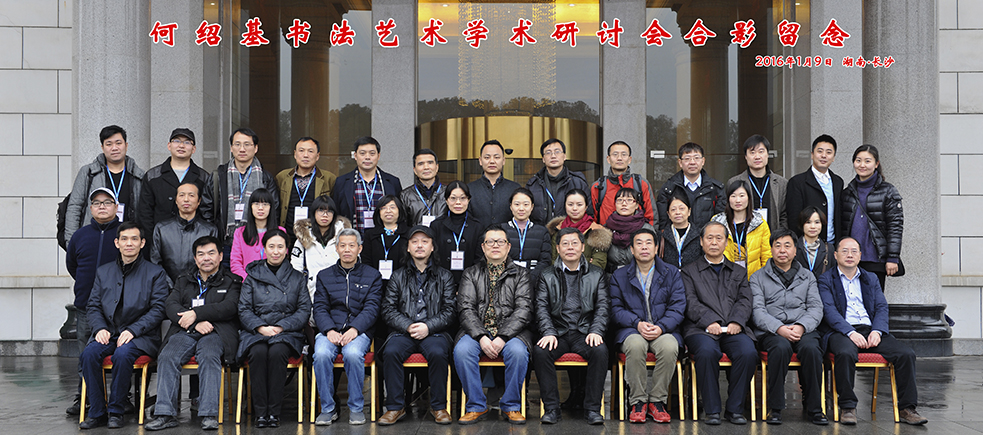
The group photo of the participants at Symposium on Calligraphic Art of He Shaoji
Symposium on Calligraphic Art of He Shaoji consisted of two parts: visiting the exhibition Reinterpreting the Master: The World of He Shaoji’s Calligraphy and attending the symposium. Participants first visited the exhibition held at Tan Guobin Contemporary Art Museum.
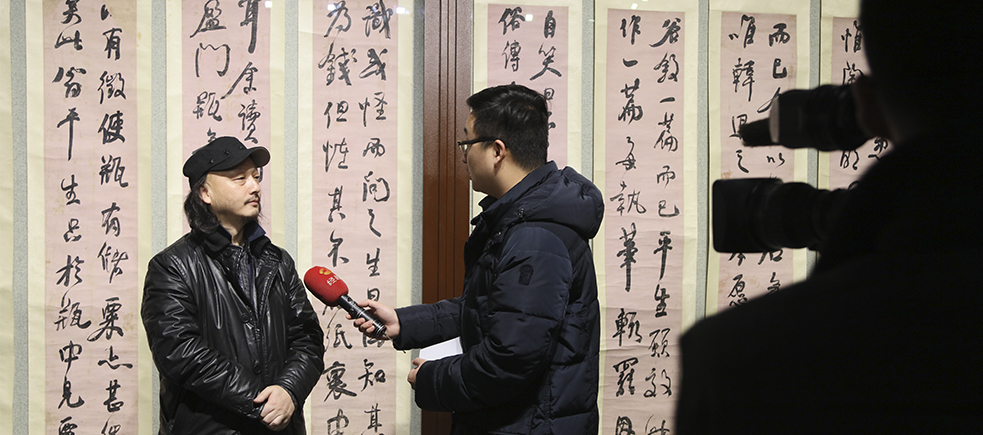
A participant of the symposium is being interviewed
After visiting the exhibition, participants attended the symposium held in Hunan Hotel. There were four major themes of the symposium, namely “The Appreciation and Research of He Shaoji’s Calligraphic Art”, “He Shaoji’s Calligraphic Thought”, “The Collections of He Shaoji” and “Research on the Issues Related to He Shaoji”. Some participants analyzed the features of the brush movement of He Shaoji and its historical and modern significance, some explored the orgins of his brushwork and academic background, some reviewed his artistic style by studying one of his works, some analyzed the relationship and influence between He Shaoji and his contemporaries, while others examined his calligraphic thought from the perspective of aesthetic conceptions, such as “Real Learning” and “Thick Learning”. Participants reached the following consensus: He Shaoji was the foremost calligrapher of late Qing dynasty. He copied many rubbings from stone inscriptions (usu. as a model for calligraphy) by previous famed calligraphers. By learning widely from others’ strong points, he formed his own unique style. He broke the boundaries between regular script, running script, seal script and clerical script and achieved mastery through a comprehensive study of four scripts. There were simplicity and peculiarity in his running script and spontaneity and elegance in his seal script. He was also well versed in writing large Chinese characters on large boards. Therefore, he was an all-rounder in the calligraphic art. His unique brush-holding technique “arm-suspending and wrist turning back” contributed to his special way of his brushwork. The achievements of his art embodied the charm of Chinese calligraphic art and made it spread and flourish.
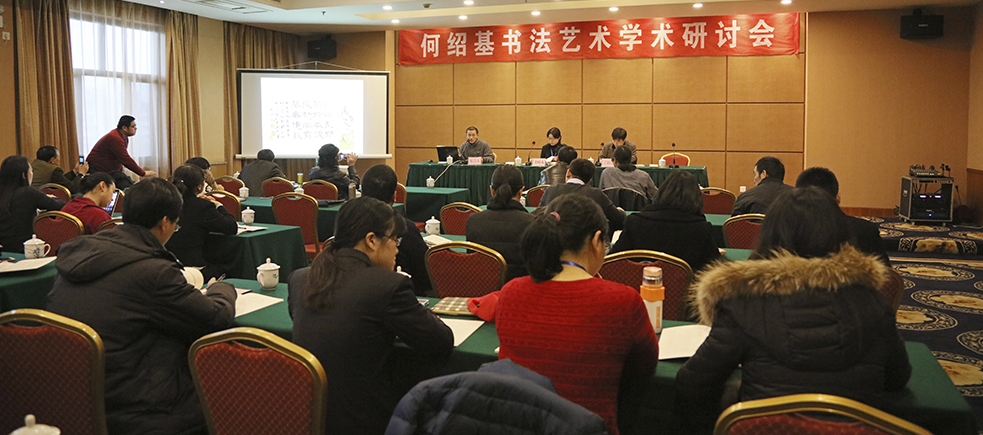
The conference hall of Symposium on Calligraphic Art of He Shaoji
The book Reinterpreting the Master: The World of He Shaoji’s Calligraphy was compiled from the research findings of this symposium and the special exhibition of He Shaoji’s calligraphy, so that they would be preserved and shared.
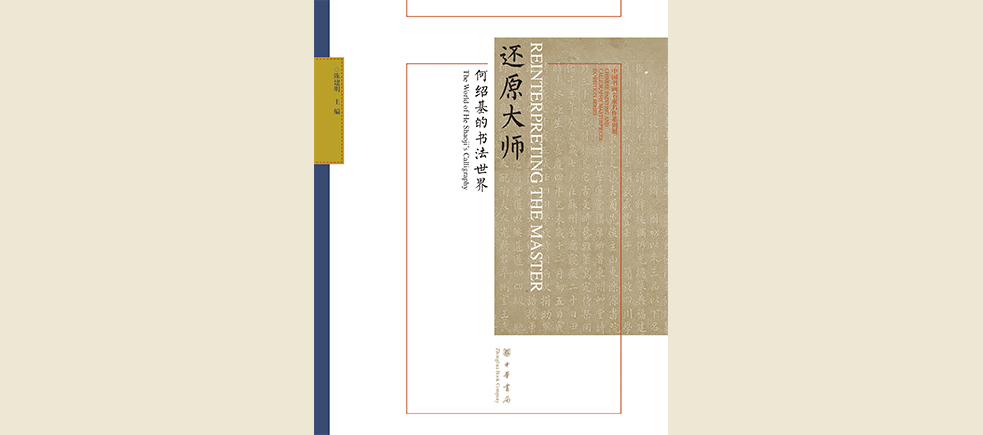
Reinterpreting the Master: The World of He Shaoji’s Calligraphy. Zhonghua Book Company, Jan. 2016


